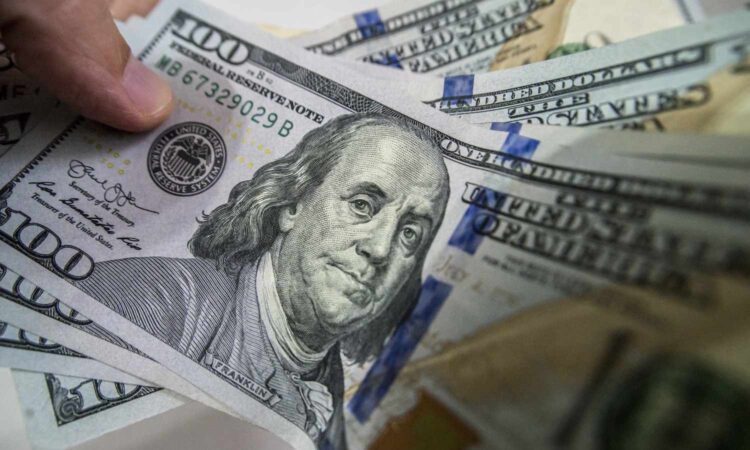
A surging U.S. dollar has raised concerns among Asian monetary authorities, though it’s not clear any warnings to intervene in global currency markets can thwart the dollar’s rise.
KEY TAKEAWAYS
- Japan and China, the U.S.’s two leading overseas trade partners, have seen their currencies fall to 10-month lows against the dollar.
- Rising U.S. interest rates in the face of loose Japanese monetary policy and economic challenges in China explain much of the recent forex disparity
- Surging prices for global crude oil have contributed to the dollar’s gains.
The U.S. dollar’s recent strength, driven primarily by rising interest rates but also reflecting surging global crude oil prices, spurred actions by its two leading overseas trade partners.
Japan’s top foreign exchange official, Masato Kanda, said Wednesday the country’s government will deal with speculation in currency markets “appropriately” with any necessary steps. Meanwhile, China’s central bank last week slashed the amount of foreign currency deposits its financial institutions must hold by a third.
But some analysts question whether they’re enough to stall the dollar’s ascent.
“FX (foreign exchange) talk is cheap if it doesn’t come with convincing data/market conditions that support decisive and meaningful action,” wrote Edward Moya, a senior market analyst with OANDA and a veteran global currency strategist, in a blog post Wednesday. “We have heard a lot from the vice-minister of finance for international affairs (Kanda), and the markets aren’t really believing Japan is close to delivering on these threats.”
In China, Moya said attempts to limit the liquidity of the yuan also won’t overcome the pressure a weakening economy has placed on the currency.
Moving in Opposite Directions
The U.S. Dollar Index, measured against a basket of global currencies, has advanced 2.8% in the past month, including 2% in just the past week, to its highest level since March. That increase pushed both the Japanese yen and Chinese yuan to 10-month lows versus the dollar.
The yen now trades near a 32-year low, set last fall, against the dollar. Japan’s government intervened in foreign exchange markets at that time—the first time it had done so since 1998—trading dollars for yen to prop up the latter.
Meanwhile, the yuan has lost 5% of its value against the dollar in the past year and now trades near a record low against it.
Rising Rates Feed Dollar Demand
Rising U.S. interest rates in the past year-and-a-half, triggered by the Federal Reserve’s fight to reduce inflation, explain much of the dollar’s strength. That’s particularly true compared with the yen, as the Bank of Japan only recently tightened its rein on extremely accommodative monetary policy.
The yield on the benchmark 10-year U.S. Treasury note in late August reached a 16-year high of 4.36% and has hovered near that level since then. Since the Fed began a steady string of interest rate hikes in March 2022, the 10-year yield has almost doubled.
Conversely, the Bank of Japan, seeking to stave off potential deflation, maintained a 0.25% upper limit on its 10-year government bond yield until December 2022, when it raised the limit to 0.50%. In late July, the BoJ increased it to 1%.
In China, the yuan’s weakness also reflects a stumbling economy, beset with property woes and persistent impacts from last year’s lifting of stringent Covid-19 pandemic restrictions.
Crude Oil Contributes
Rising prices for oil also have contributed to demand for dollars, the currency in which it trades.
Saudi Arabia and Russia this week said they would extend supply cuts through the end of the year. That pushed prices for Brent crude, the global benchmark, to $90 per barrel for the first time this year.
Wednesday, Brent crude futures for October delivery reached $90.93 in mid-day trading, up 26% from near $72 just three months ago.



